
Food Safety for the Holidays: Preparing the Turkey
During the holiday season, people are buying turkeys for that big family meal. Everyone wants to find the perfect bird, but cooking it properly is even more important. These tips can help you create a safe and delicious meal.
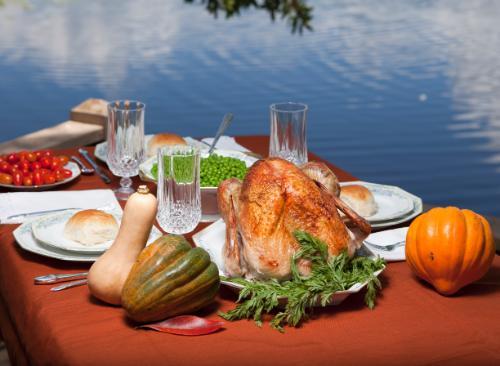
Buying & Storing
Fresh and frozen birds differ in cook and storage time, but not taste or quality. If you like to buy your turkey ahead of time, try a frozen bird. If you have limited storage space, you may prefer a fresh turkey.
When buying a whole turkey, estimate one pound of turkey for each person.
Fresh Turkey
Fresh turkeys can be kept in the refrigerator for only one or two days, but after that, they must be cooked or frozen. Store a fresh turkey in a pan in the refrigerator until you are ready to cook it. (Always keep raw animal products separated from ready-to-eat food products.)
Frozen Turkey
Leave the turkey in the original packaging and keep it frozen until you are ready to cook it. Unless you thaw the turkey in the refrigerator, you will not be able to refreeze it once it has thawed.
Frozen turkeys should be cooked within one year for best quality.
Pre-Stuffed Turkeys
Do not buy pre-stuffed fresh turkeys. These turkeys can contain harmful bacteria if handled improperly. If you do want your turkey to be pre-stuffed, purchase a frozen pre-stuffed turkey that is marked with USDA or state inspection seals.
Do not thaw pre-stuffed frozen turkeys before cooking.
Thawing
In the Refrigerator
The safest way to thaw a frozen turkey is in the refrigerator. Keep the turkey in its original packaging, and place a pan underneath to catch any drips.
Allow for a thawing time of 24 hours for every four to five pounds of turkey. Once the turkey has thawed, it can be kept in the refrigerator for one to two days.
In the Kitchen Sink
For a quicker thawing method, submerge your turkey in the kitchen sink. Put the turkey in a heavy freezer bag and close it tightly. Place it in a clean sink, and fill the sink with cold water until the turkey is completely submerged.
Change the water every half hour to keep it cool. The turkey should thaw for about 30 minutes per pound.
If you thaw your turkey in the sink, cook it immediately after thawing. It cannot be refrigerated or refrozen.
In the Microwave
If the turkey will fit, you can use a microwave for fast thawing. Check the microwave owner's manual for the recommended power level and amount of time per pound. Remove all packaging and place the bird in a microwave-safe dish.
Cook the turkey immediately after thawing. It is not safe to refrigerate or refreeze a microwave-thawed turkey.
Preparation
Prevent Cross-Contamination
Carefully open any packaging covering the turkey and dispose of it right away. Wash any surfaces that the meat, juices, or packaging might have touched, including refrigerator or freezer shelves.
If you use the kitchen sink to thaw the turkey, be sure to drain and sanitize the sink immediately afterward. If you thaw any raw meat in the microwave, sanitize it as well.
When handling fresh and frozen raw meat, wash your hands, utensils, dishes, and kitchen surfaces frequently with hot, soapy water. Use separate knives and cutting boards when preparing the turkey and stuffing.
Early Preparation
Some people prefer to cook their turkeys a day or two in advance. Once the bird has been cooked, carve it and refrigerate the meat in small, shallow containers. The wings, legs, and thighs may be left whole. You can also refrigerate the juices that collect in the bottom of the pan during cooking.
On the day you plan to eat the turkey, reheat the meat in an oven heated to at least 325°F.
Cooking
Stuffing
To save time, you can prepare the stuffing ingredients in advance. Keep wet and dry ingredients separated — and the wet ingredients refrigerated — until just before you cook the stuffing.
The safest way to make stuffing is to cook it separately, not inside the turkey. If you do choose to stuff the turkey, pack the stuffing loosely, and cook the turkey immediately afterwards. Remove the stuffing from the turkey about 20 minutes after the turkey is done cooking.
Frozen Turkey
You can safely cook a frozen turkey without thawing it first. A frozen bird will take 50 percent longer to cook than a thawed or fresh turkey. Remove the giblets with tongs or a fork while the turkey is cooking.
Remember: Do not thaw pre-stuffed frozen turkeys before cooking.
Fresh or Thawed Turkey
Be sure to remove the giblets immediately after thawing. Giblets should be cooked separately.
Preheat the oven to at least 325°F. Place the turkey in a shallow roasting pan. The inside temperature of the turkey must reach 165°F for it to be safe to eat. You may cook the turkey to a higher temperature if desired.
Use a food thermometer to check the temperature at the thickest part of the turkey breast and at the innermost part of the thigh and wing. Even if your turkey comes with a "pop-up" thermometer, double-check the temperature with a food thermometer.
Cook an unstuffed turkey for approximately 15 minutes per pound. Allow a few extra minutes per pound for a stuffed turkey.
Cooking the turkey uncovered will give it a roasted flavor, but can also dry out the meat. Put the turkey in an oven cooking bag for more tender meat and faster cooking. Follow the manufacturer's directions on the bag.
Other options include pouring half a cup of water into the bottom of the pan or covering the turkey with the roasting pan lid or aluminum foil. Covering the turkey will reduce oven splatter and overbrowning.
After removing the turkey from the oven, let it stand for 15 to 20 minutes before carving to allow the juices to settle.
Leftovers
Your turkey and other cooked foods will need to be eaten within two hours. After that time, leftovers should be refrigerated or thrown away. (If the temperature is over 90°F, food needs to be refrigerated or disposed of after one hour.)
Leftover meat should be eaten within three to four days; gravy, within one to two days. You can also freeze leftovers, but make sure you eat them within six months.
Turkey leftovers may be eaten cold or reheated in the oven or microwave. The oven should be heated to at least 325°F. Follow the owner's manual instructions for reheating turkey in the microwave.
For more questions on turkey or other holiday foods, contact your local Extension office or call the USDA Meat and Poultry Hotline at 1-888-674-6854.
Adapted and excerpted from:
"Countdown to the Thanksgiving Holiday," USDA Food Safety and Inspection Service (revised 08/2013).
"Let's Talk Turkey," USDA Food Safety and Inspection Service (revised 09/2015).
FAMILY RESOURCES
- Disaster Prep and Recovery
- Disease Prevention and Management
- Families & Consumers
- Family Time
- Health and Nutrition
- Health and Nutrition for Children
- Health Care
- Pest Control
RESOURCES
UF/IFAS Sites
- Department of Family, Youth and Community Sciences
- Expanded Food & Nutrition Education Program (EFNEP)
- Family Nutrition Program (FNP)
- Food Science and Human Nutrition Department
- Health in a Heartbeat
UF/IFAS Publications
- Aging and Caregiving
- Children, Elders and Family
- Community Development
- Eating Well
- Food Safety in the Home
- Health and Nutrition
- Housing and Home Environment
- Money Matters
- Parenting
- Relationships
State & Federal Agencies
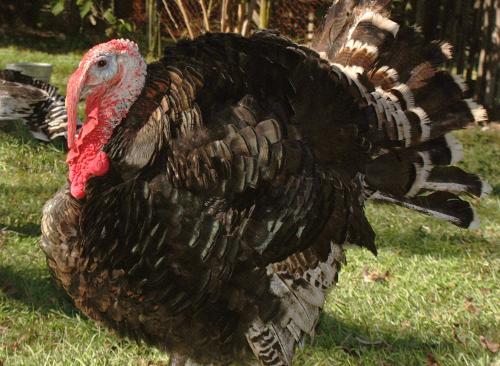
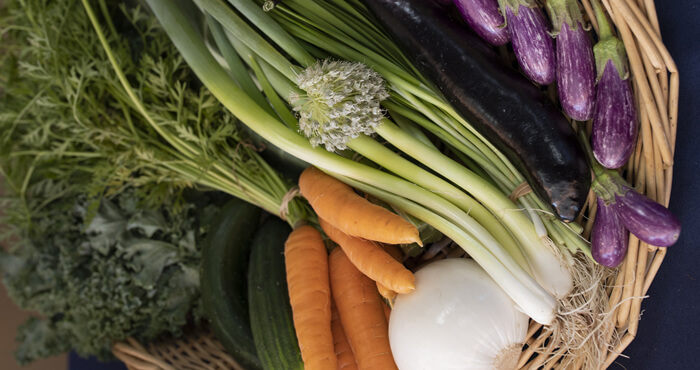

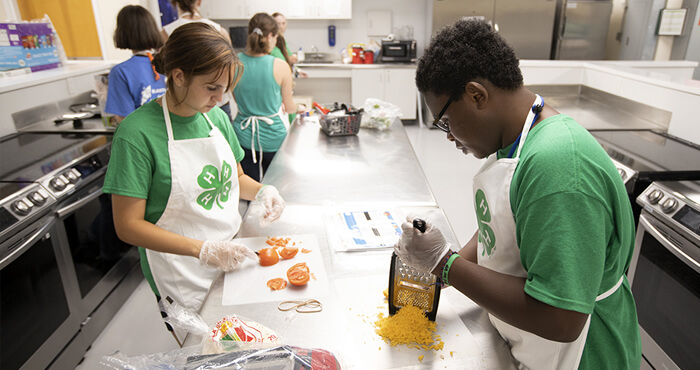
.jpg)
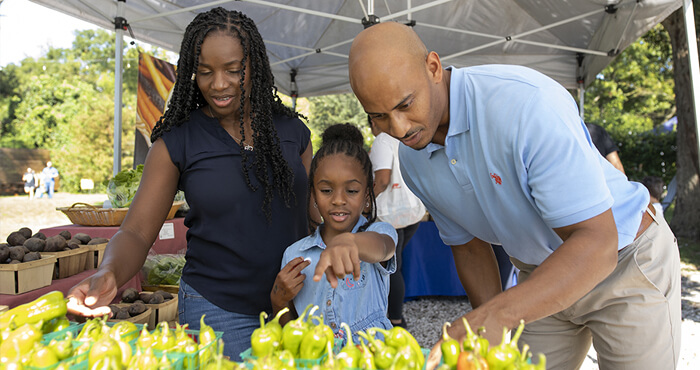
.jpg)